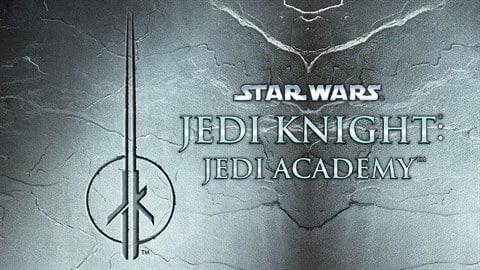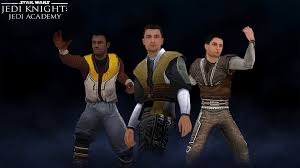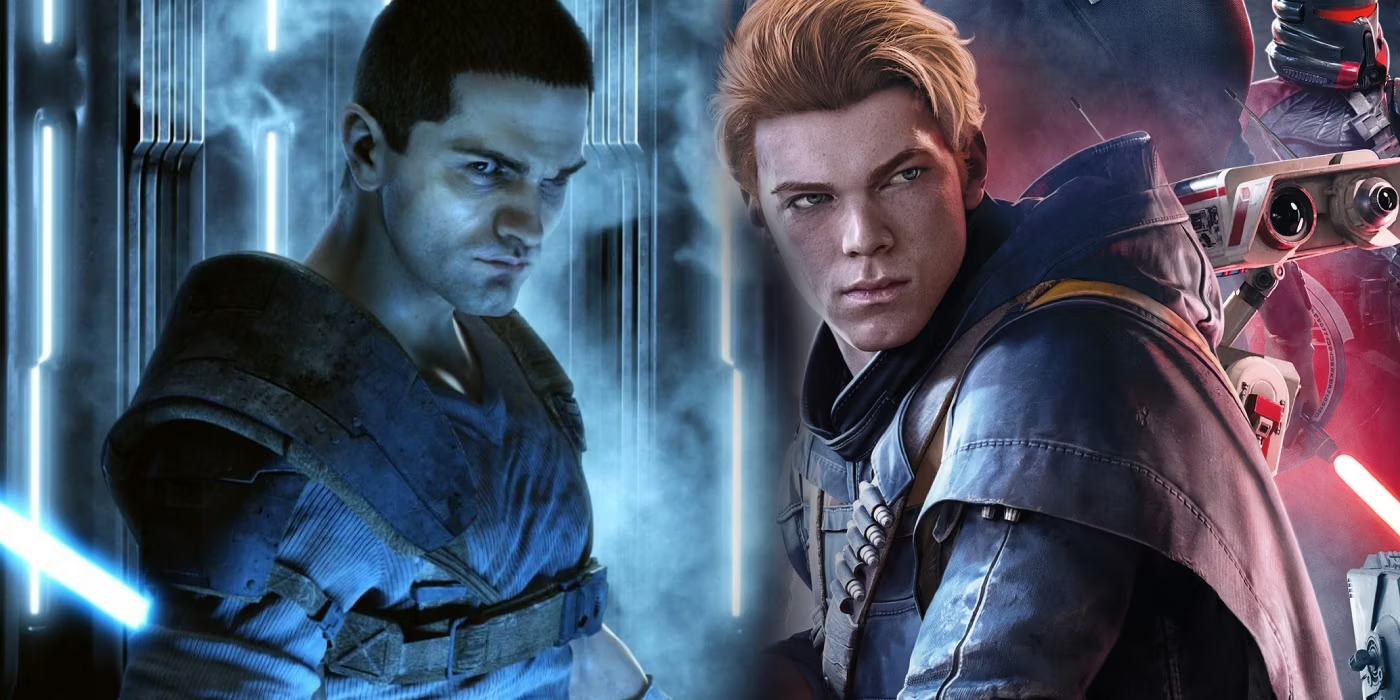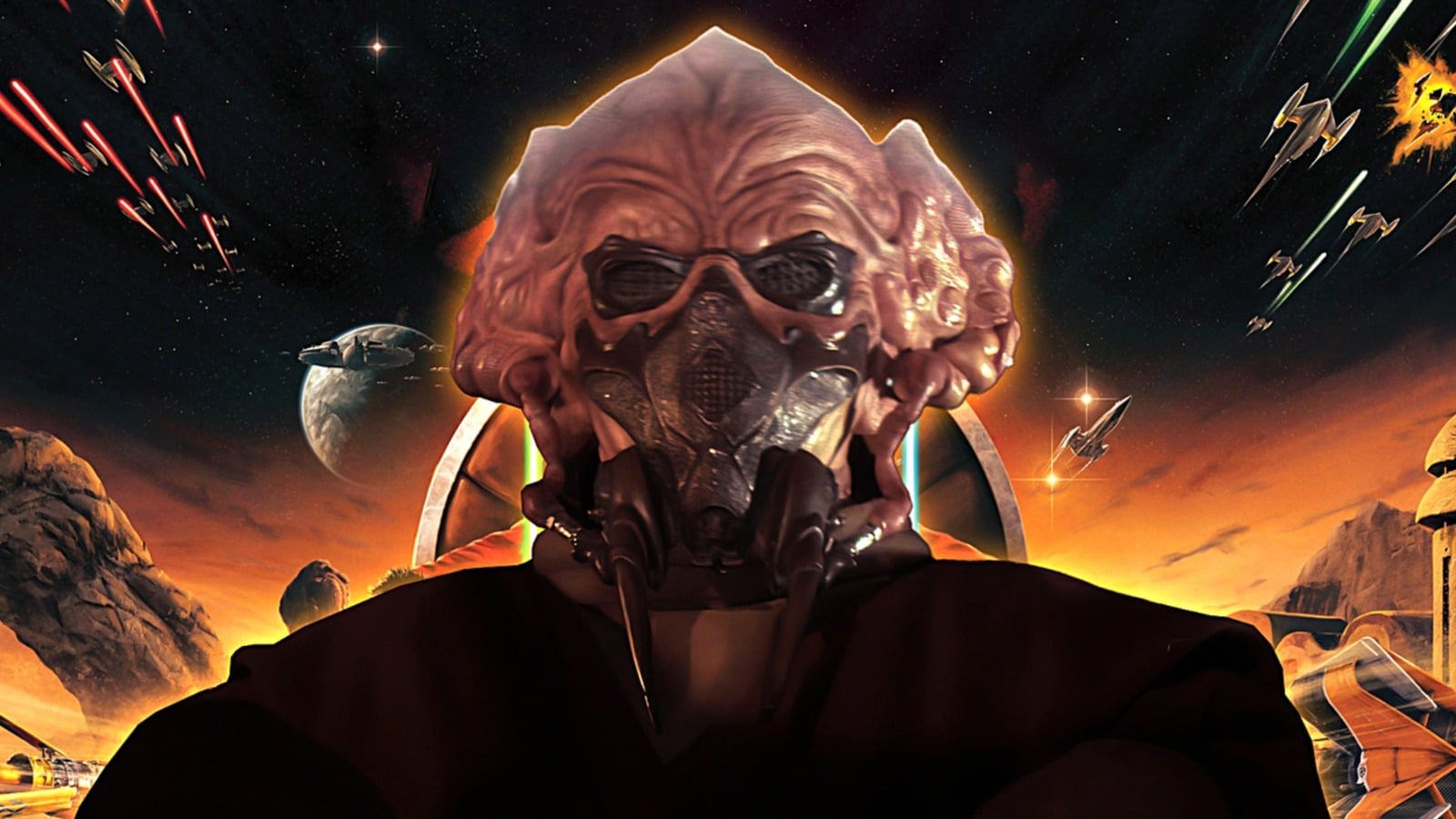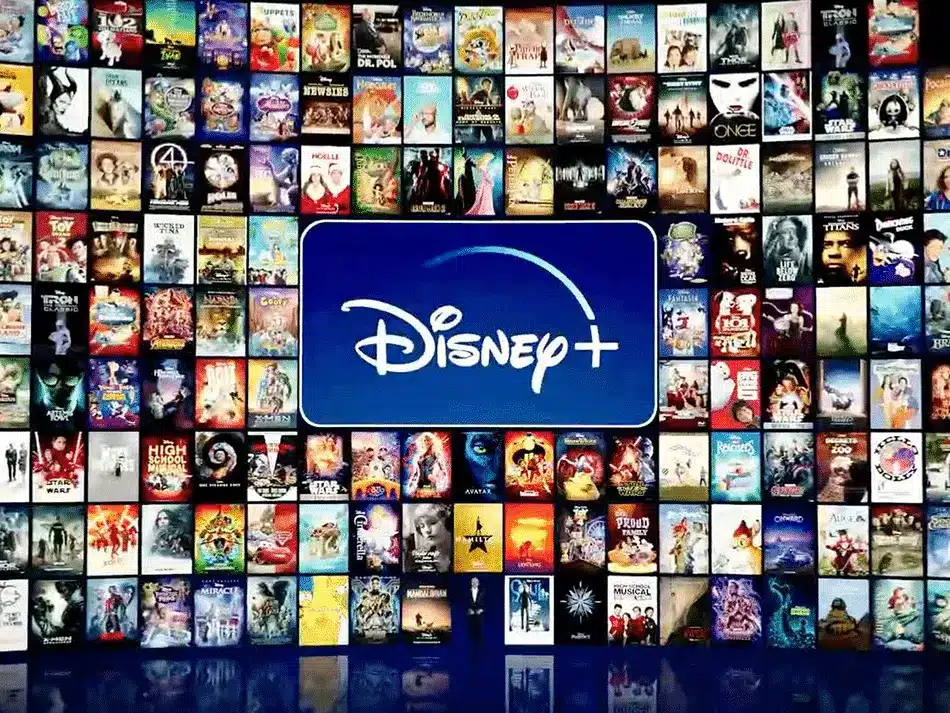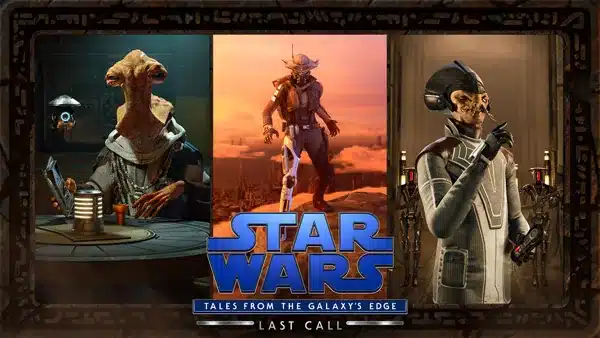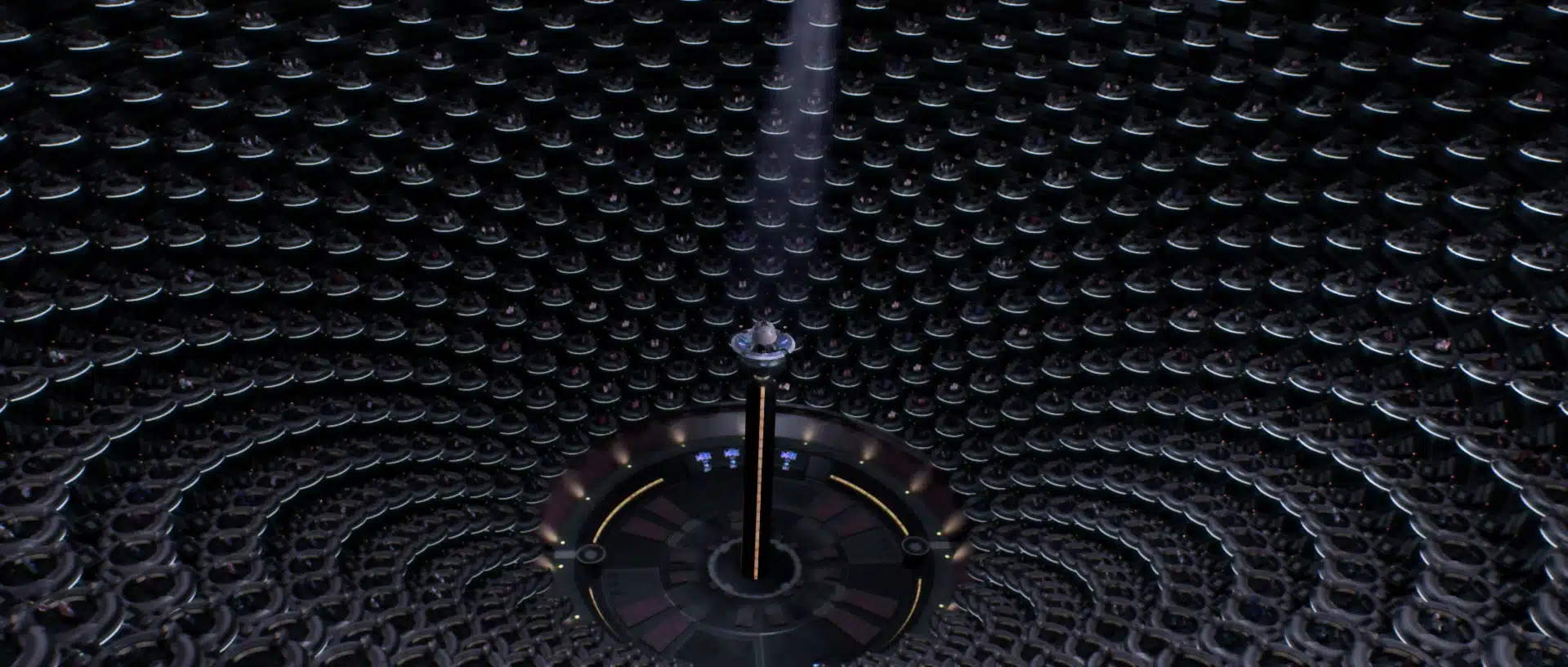Star Wars Jedi Knight: Jedi Academy was released 21 years ago this week, and it’s incredible how well this beloved game from Raven Software, LucasArts, and Activision has held up over time. Initially launched in September 2003, Jedi Academy quickly became a fan favorite for its fast-paced lightsaber combat, engaging multiplayer modes, and its unique approach to player customization.
Let’s take a closer look at what made Jedi Academy such a memorable experience, why it still resonates with Star Wars fans today, and how it left a lasting impact on both the Star Wars gaming franchise and the broader gaming community.
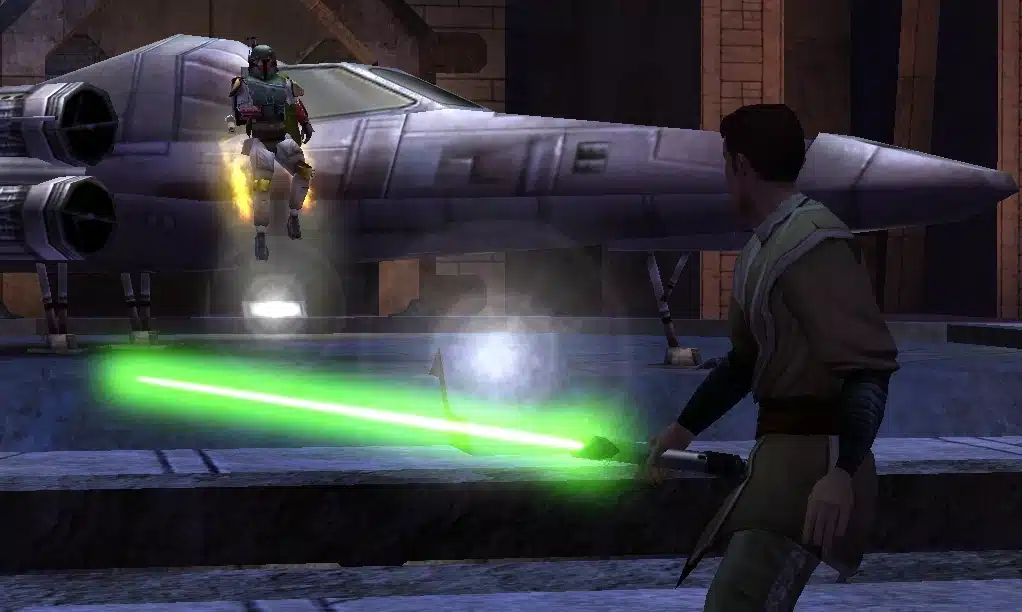
A New Adventure: Jaden Korr’s Story
While previous titles in the Jedi Knight series followed the adventures of Kyle Katarn, Jedi Academy introduced players to a new protagonist: Jaden Korr. This was a big shift, as players had grown accustomed to controlling Kyle, a gruff mercenary turned Jedi Master. But Jedi Academy allowed players to create their own character from scratch, choosing not only Jaden’s gender but also their species and lightsaber style.
The game’s story, set after Star Wars: Episode VI – Return of the Jedi, puts Jaden in the shoes of a young Jedi apprentice training at Luke Skywalker’s Jedi Academy on Yavin 4. The player’s main goal is to learn the ways of the Force under the tutelage of Kyle Katarn, all while facing off against the forces of the dark side—namely, the Disciples of Ragnos, a Sith cult seeking to resurrect an ancient Sith Lord.
While the plot may not be the most groundbreaking in Star Wars lore, it did enough to provide a solid backdrop for the action. And, let’s be honest, people didn’t flock to this game for its narrative depth—they came for the lightsaber combat.
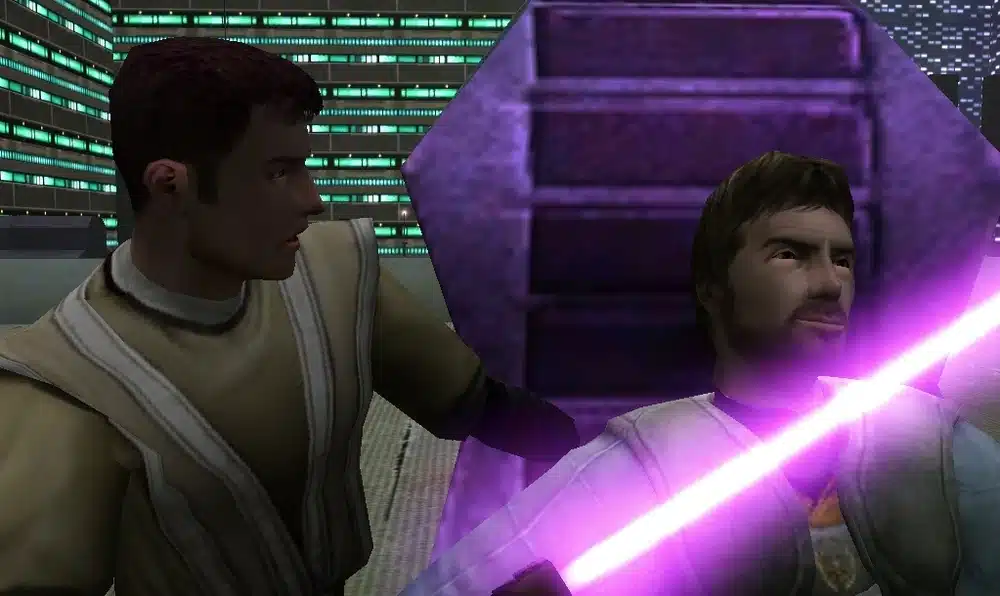
Lightsaber Combat: A Game-Changer
If there’s one thing that Jedi Academy is still remembered for 21 years later, it’s the lightsaber combat. The game’s lightsaber mechanics were arguably the best we’d seen in any Star Wars game up to that point, and they remain a highlight of the series. Players had the freedom to choose their lightsaber style—single-blade, dual-wielding, or even the iconic double-bladed saber (à la Darth Maul). Each style came with its own set of moves and advantages, allowing players to tailor their fighting style to their preference.
The game’s combat system was incredibly fluid, with lightsaber duels that felt fast, strategic, and cinematic. Players could block, parry, and unleash powerful combos, making every duel feel intense. Unlike many other action games of the era, Jedi Academy didn’t just rely on simple button-mashing—success required timing and mastery of the various saber techniques.
Additionally, Jedi Academy was one of the first games to really give players a sense of power when wielding a lightsaber. Cutting down stormtroopers, blocking blaster bolts, and engaging in 1v1 duels with Sith adversaries all felt incredibly satisfying. It’s no wonder that fans are still playing the game two decades later, as few games since have replicated the same level of lightsaber combat excellence.
Force Powers and Player Customization
Another standout feature of Jedi Academy was the variety of Force powers at the player’s disposal. Whether you wanted to stick to the light side with abilities like Force Heal and Mind Trick or embrace the dark side with Force Lightning and Choke, the game gave players the freedom to build their Jedi (or Sith) however they wanted. This level of customization, combined with the lightsaber mechanics, made Jedi Academy feel like one of the most authentic Star Wars experiences of its time.
What really set Jedi Academy apart, though, was how much freedom it gave players when it came to the pacing and structure of the game. Unlike previous Jedi Knight titles, Jedi Academy allowed players to choose the order in which they completed missions, offering a level of flexibility that was unusual for action games in 2003. This gave the game a slightly more open-world feel, as players weren’t just railroaded from one mission to the next.
Moreover, the game let players decide which Force abilities to upgrade as they progressed, creating a personalized gameplay experience. Want to focus on lightsaber combat? Max out your lightsaber throw and speed abilities. Want to feel like a Sith Lord? Prioritize Force Lightning and Force Grip. The choice was entirely in the player’s hands.
Multiplayer: A Cult Favorite
One aspect of Jedi Academy that kept it alive long after its release was its multiplayer mode. The game featured a wide array of multiplayer modes, including the ever-popular Free-for-All, Team Deathmatch, and Capture the Flag. But the real draw was the opportunity for players to engage in lightsaber duels against one another in online matches.
Even 21 years later, the game’s multiplayer community remains surprisingly active, with dedicated servers still hosting duels and matches. The appeal lies in the game’s deep combat mechanics, which continue to attract new players looking for a challenging and rewarding lightsaber experience. Mods and community-created maps have also helped keep the game fresh, with fans continuing to breathe new life into the multiplayer scene.
A Legacy That Endures
Star Wars Jedi Knight: Jedi Academy may have been released over two decades ago, but it remains a beloved entry in the Star Wars gaming pantheon. Its innovative combat system, player freedom, and engaging multiplayer mode have kept fans coming back, while its lightsaber mechanics have set the bar for future Star Wars games.
Even today, as newer Star Wars games are released, many fans still hold Jedi Academy in high regard. Its legacy can be seen in modern titles like Star Wars Jedi: Fallen Order, which borrowed elements of exploration and lightsaber combat from the Jedi Knight series. It’s a testament to the timeless appeal of Jedi Academy that it continues to capture the imaginations of players, both new and old, 21 years after its release.
Final Thoughts
As we celebrate the 21st anniversary of Star Wars Jedi Knight: Jedi Academy, it’s clear that this game holds a special place in the hearts of Star Wars fans and gamers alike. Its fast-paced, skill-based lightsaber combat, along with the freedom it gave players to shape their own Jedi journey, make it a standout title that’s still worth playing today.
Whether you’re revisiting it for nostalgia’s sake or experiencing it for the first time, Jedi Academy offers a Star Wars adventure like no other—one that truly lets you feel the power of the Force.


